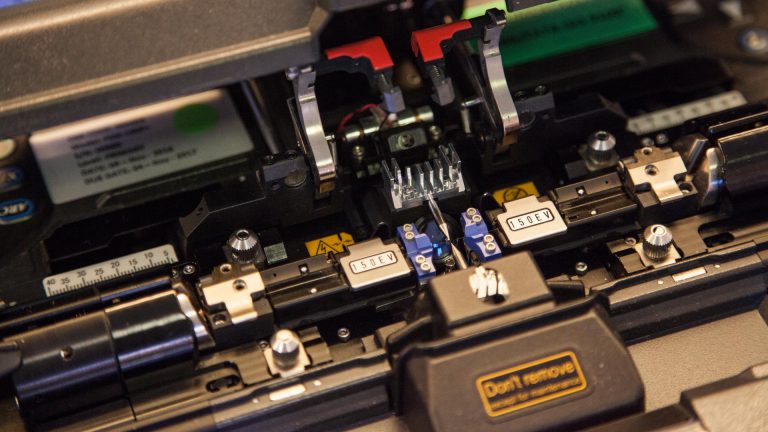The Next Chapter for Bell’s H-1 Helicopters Begins – March 28
AMARILLO, Texas (March. 28, 2024) – The first Bell AH-1Z set to receive the Structural Improvement Electrical Power Upgrade (SIEPU) modification to be provided by Bell Textron Inc., a Textron Inc (NYSE:TXT) company, under a contract with the U.S. Marine Corps, has arrived at Bell’s Amarillo Assembly Center. SIEPU modifications optimize the aircraft to improve mission capabilities, aircrew safety, and interoperability by increasing the electrical power capacity on the aircraft and support the integration of additional cabin capabilities. SIEPU marks the start of the next chapter in the life of domestic H-1 helicopters, following the completion of the U.S. Marine Corps Program of Record in November 2022.
“The Bell AH-1Z Viper and UH-1Y Venom provide the backbone of attack and utility aviation support in the various battlespaces in which they are used, so SIEPU comes at an important time for the future strategic implementation of this platform,” said Mike Deslatte, Bell H-1 senior vice president and program director. “SIEPU will be immediately beneficial for today’s operations, and also sets the H-1 up to quickly support future operational needs, some that may not even be conceived of yet.”
With SIEPU, H-1s will be able to upgrade to current weapons systems with next generation capabilities, including kinetic long-range munitions and air launched effects as well as new non-kinetic capabilities. These upgrades greatly extend reach and range while simultaneously enhancing standoff distance.
While the H-1s have already demonstrated their capability to counter enemy unmanned aerial systems, SIEPU will also allow for there to be enough on-board power capacity for future weapons that are yet to be implemented.
“We are confident that SIEPU will help the Marine Corps expand mission essential tasks with more mission flexibility,” said Danielle Markham, SIEPU program manager. “The important thing is to make sure the H-1 is in a position to take advantage of those opportunities as they become available.”
Prior to arriving at the Bell Amarillo Assembly Center, the AH-1Z and UH-1Y completed datalink capabilities testing with the Marine Corps modifications at Camp Pendleton and testing with VMX-1 in Yuma. Bell plans to continue supporting the AH-1Z Viper and UH-1Y Venom through the 2040s in alignment with the Marine Corps Aviation Plan.
The post The Next Chapter for Bell’s H-1 Helicopters Begins – March 28 appeared first on Avionics International.
—————
Boost Internet Speed–
Free Business Hosting–
Free Email Account–
Dropcatch–
Free Secure Email–
Secure Email–
Cheap VOIP Calls–
Free Hosting–
Boost Inflight Wifi–
Premium Domains–
Free Domains







